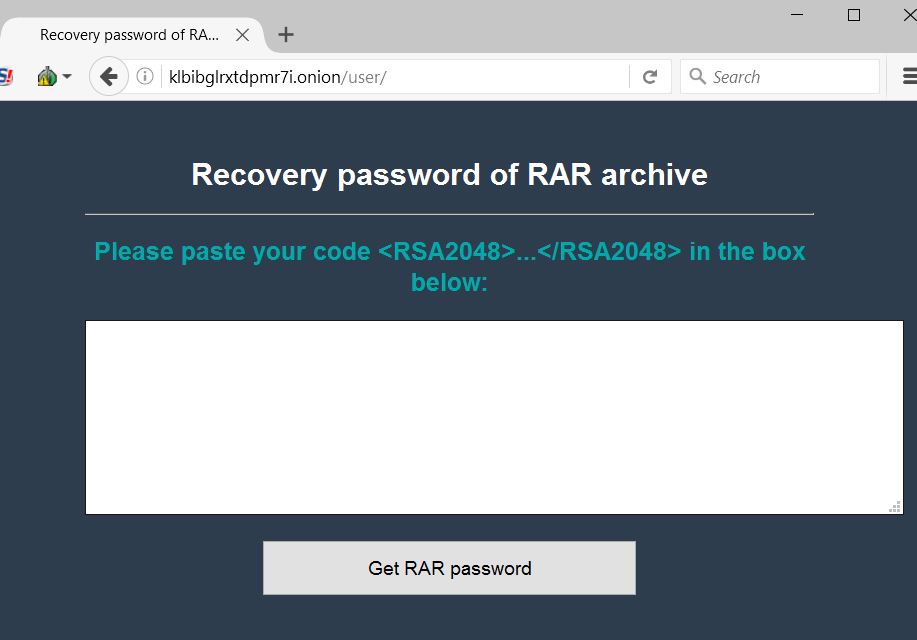

It uses the public key in the malware to encrypt the symmetric key.


In 2020, the IC3 received 2,474 complaints identified as ransomware with adjusted losses of over $29.1 million.

CryptoLocker was particularly successful, procuring an estimated US$3 million before it was taken down by authorities, and CryptoWall was estimated by the US Federal Bureau of Investigation (FBI) to have accrued over US$18 million by June 2015. In June 2014, vendor McAfee released data showing that it had collected more than double the number of ransomware samples that quarter than it had in the same quarter of the previous year. This record marks a 229% increase over this same time frame in 2017. There were 181.5 million ransomware attacks in the first six months of 2018. Starting as early as 1989 with the first documented ransomware known as the AIDS trojan, the use of ransomware scams has grown internationally. However, one high-profile example, the WannaCry worm, traveled automatically between computers without user interaction. Ransomware attacks are typically carried out using a Trojan disguised as a legitimate file that the user is tricked into downloading or opening when it arrives as an email attachment. In a properly implemented cryptoviral extortion attack, recovering the files without the decryption key is an intractable problem – and difficult to trace digital currencies such as paysafecard or Bitcoin and other cryptocurrencies are used for the ransoms, making tracing and prosecuting the perpetrators difficult. It encrypts the victim's files, making them inaccessible, and demands a ransom payment to decrypt them. While some simple ransomware may lock the system without damaging any files, more advanced malware uses a technique called cryptoviral extortion. Ransomware is a type of malware from cryptovirology that threatens to publish the victim's personal data or permanently block access to it unless a ransom is paid.


 0 kommentar(er)
0 kommentar(er)
